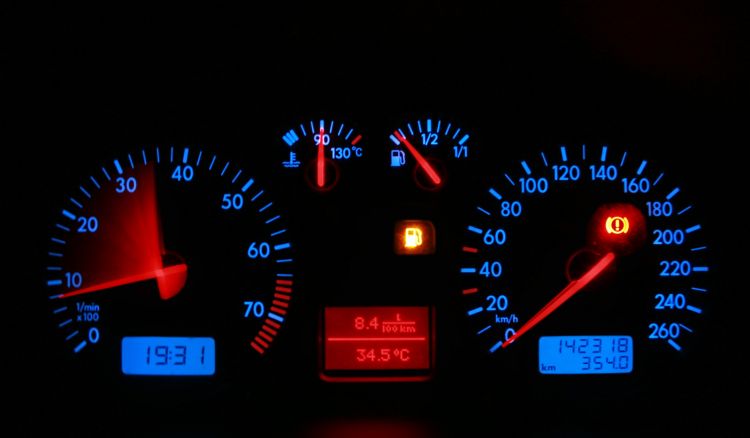Buying an electric car is quickly becoming the norm for many people. People are giving up gas and going electric because of rising prices and worries about the environment. However, because the market is so new, there are still a lot of questions that need to be answered. One has to do with the batteries that power the newest electric vehicles that are coming out. Can batteries for electric cars be reused?
Like cell phones, EVs have lithium-ion batteries that can store power and be charge when they’re low. The problems start when those batteries use up to the point where they can’t give EVs enough range. Batteries are bad for the environment because they are big and heavy. So recycling has become a goal in the business world.
Reusing batteries is not a quick, cheap, or efficient process, though. That will change someday, but right now we need to get to work. Once there are enough EVs on the road to take advantage of economies of scale, prices should finally go down. After powering EVs, batteries can be used for other things.
Tesla says it can recover up to 92% of the materials in its batteries. That might or might not be completely true, but businesses are trying to cut costs and make more materials safe to reuse.
At the moment, there are a few things that a battery can do when it’s done working. The following list shows three of the most important ones.
Recycling EV Batteries
At the moment, cobalt is the only part of an EV battery that can be recycled. These elements, including lithium, manganese, and nickel, cannot be recycle cheaply or require additional processing that increases the cost. That’s bad for the environment because there is a lot of trash left over. If no one has interest, it’s also bad for recyclers as they might not be able to sell lithium and manganese.
Batteries recycle through extreme temperatures or the use of acid. Both methods make waste and emissions that can end up in the environment. Another reason is that many battery makers want to use less cobalt because it saves them money. It would be terrible for recyclers’ already small profit margins if that turns out to be true. Direct recycling is a way to do it that doesn’t change the cathode mixture, but it’s not quite ready for prime time yet.
Beyond the fact that recycling the materials inside a battery takes a lot of work and can be dangerous, as Science.org explains, the costs of moving the batteries from one place to another are also very high. The costs of moving EV batteries for recycling could make up as much as NUM0. (The numbers should be specified in the active voice sentence.) Shipping and delivery companies enforce strict rules about moving EVs (Electric Vehicles) due to the fire risk. People who take the loads may charge more because they are taking on more risk and work.
Companies That Recycle EV Batteries
But there is good news. Some businesses, like Redwood Materials, are trying to lower the cost of shipping and make batteries with more recovered materials. Working with people in California to make things better, the company will pick up and dispose of used lithium-ion batteries for free. The state itself put together a group of experts to come up with new and better ways to recycle batteries. Industry is taking big steps to close the gap and bring EV usage up to speed.
How Much Time Does An Electric Car’s Battery Last?
As a general rule, Carfax.com says that battery packs for electric cars are covered for at least eight years or 100,000 miles. In California, the guarantee must last for 10 years or 150,000 miles, whichever comes first. Besides the guarantee, there’s also the matter of the battery dying. Batteries lose some of their power over time, but not enough that most people who drive long-range electric cars don’t have to worry about it. Degradation also changes over time. Regularly letting the battery pack drop below 20% capacity or using high-speed charging can both speed up the loss of power.
This study from Geotab.com, which sorts the data by vehicle model, can help buyers know what to expect when it comes to how quickly EV batteries wear out. What the study says is that “the vast majority of batteries will outlast the usable life of the vehicle.”
Reusing EV Batteries
If the cost is low enough, owners of electric cars might want to replace their batteries or cars when they lose between 70% and 80% of their original power. After that, the car might lose a bit range and speed . A low-capacity EV battery, on the other hand, might have uses other than its time in a car.
People and businesses have come up with ways to reuse the batteries to make home power storage units and other do-it-yourself projects. This means that the battery can be use again with only minor changes a without extra raw materials. But that doesn’t change the fact that the battery is still there and will need to be thrown away or recycled at some point.
Companies like Re-Purpose Energy works on Reuse tactics . Their system has several batteries that are all linked to each other and controlled by a system for monitoring and cooling. The finished item is big, about the size of a shipping container, and it stores the power that solar panels make during the day. When the batteries are no longer useful as solar energy stores, they can be recycled.
Battery Storage For EVs
The costs of recovering EV batteries are very high, so it’s not always a good idea for a scrapyard or recycling company to do it. At Spiers New Technologies in Oklahoma, batteries are sometimes store in the expectation that the revenue from recycling will finally cover the costs. This is what automakers usually do with batteries that are still under service. Risks are involved when using batteries that have previously been in use. These batteries can start fires, particularly if the cells had damage or flaws when they were taken from the plant.







